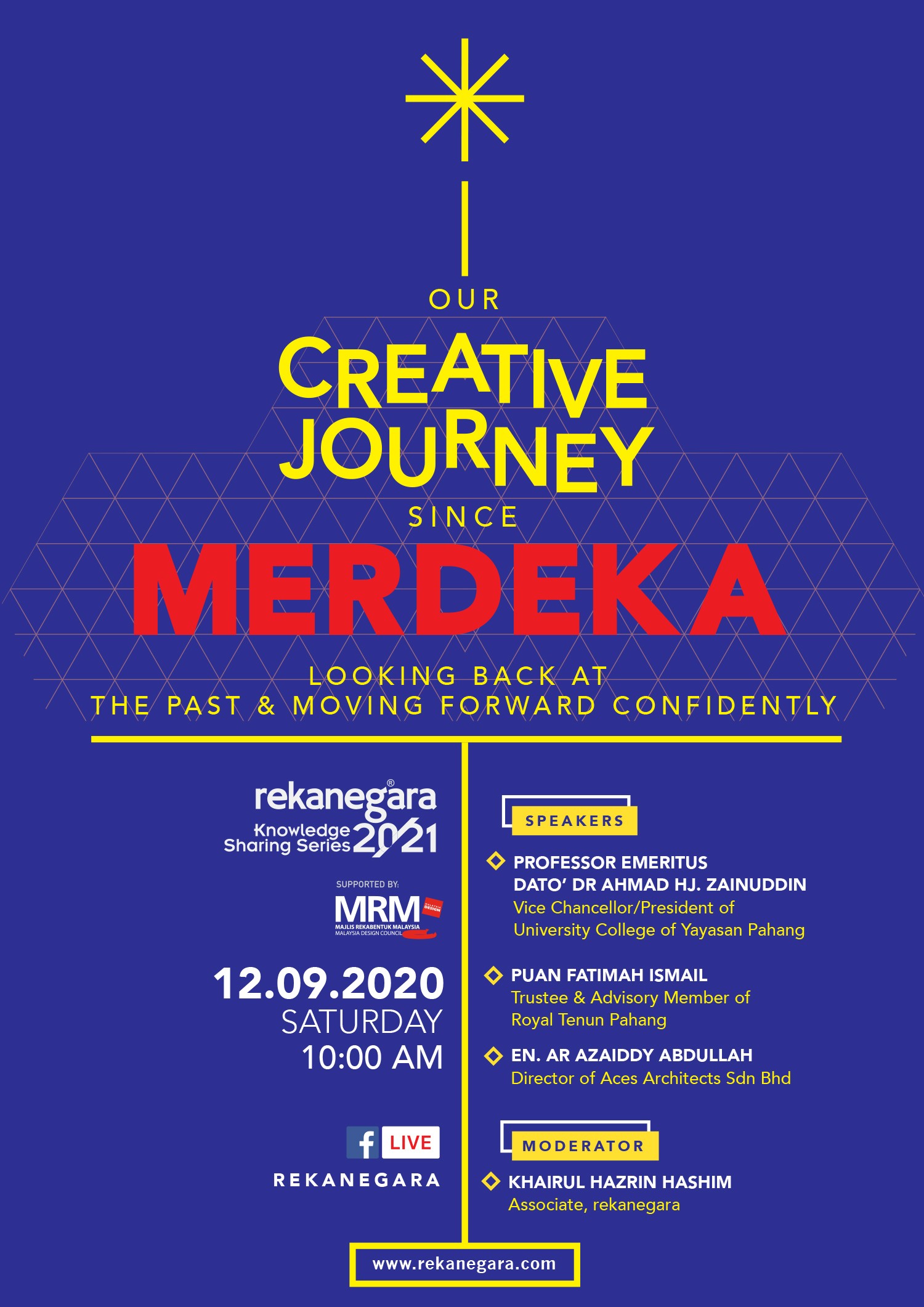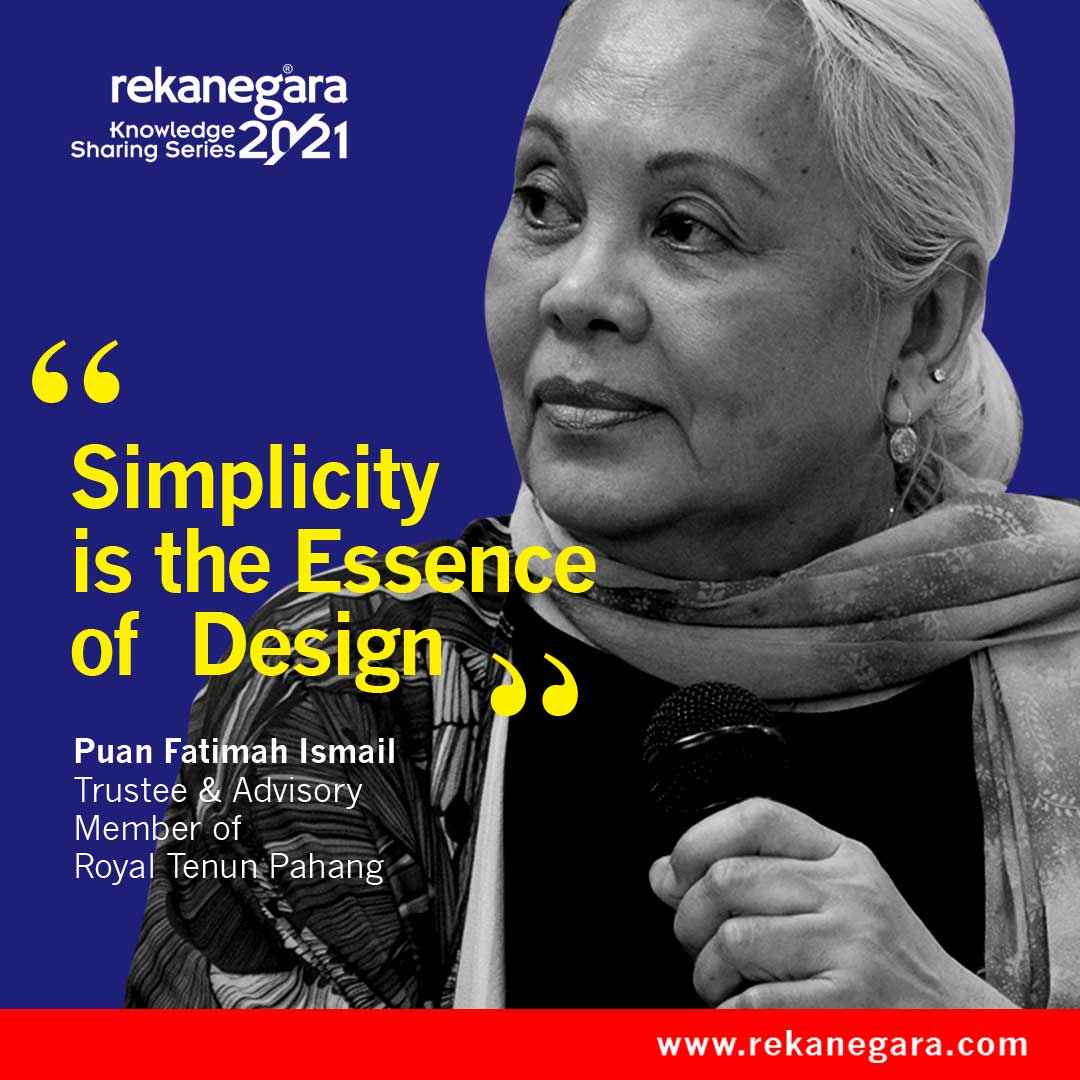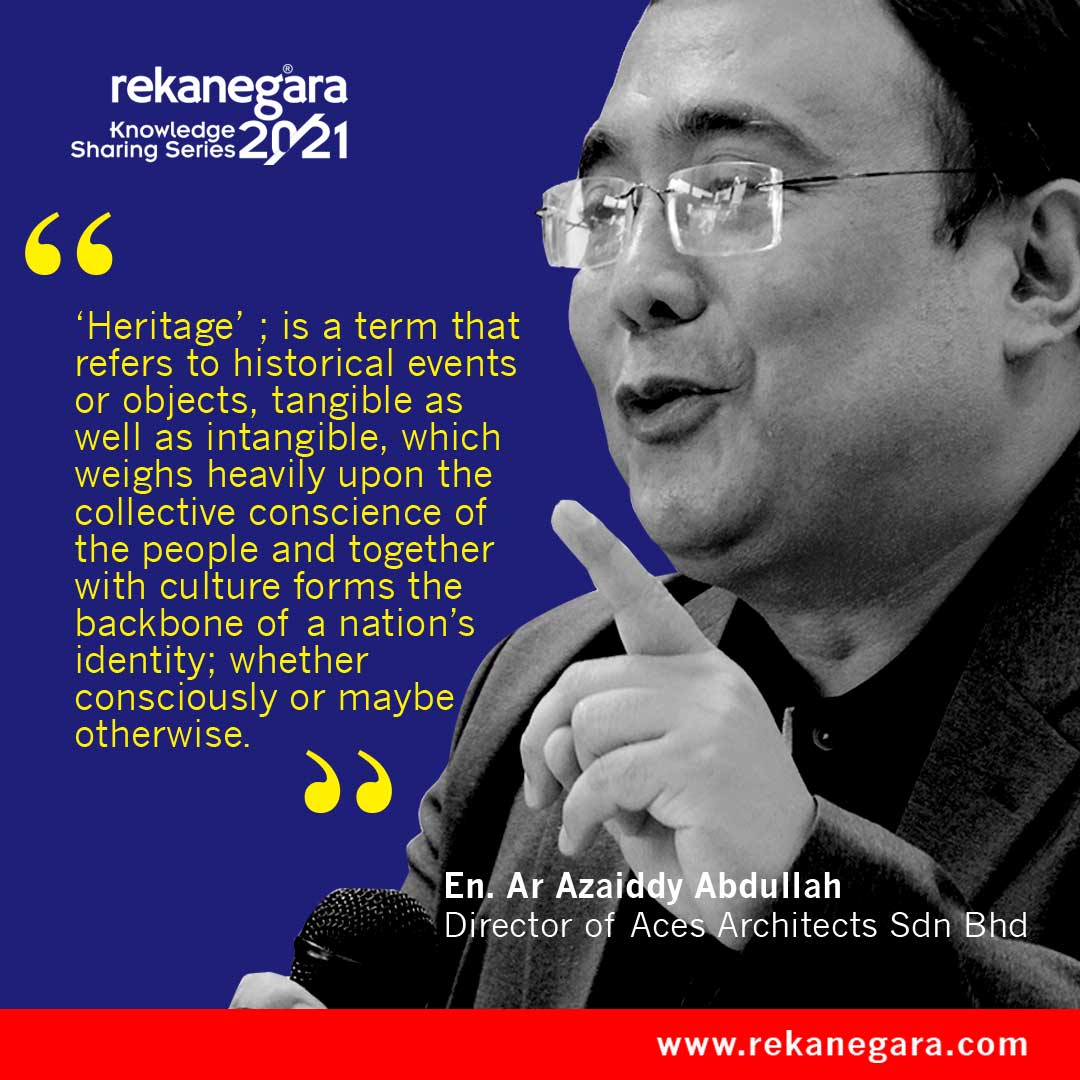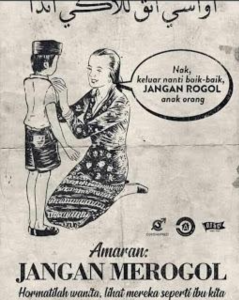Our Creative Journey Since Merdeka
We have Come a Long Way…
In celebrating Merdeka and the upcoming Hari Malaysia, we throwback to the early days of post-colonialism and the milestones that followed on our nation’s creative and design journey. From styles, fashion, aesthetics, heritage to socio-cultural values that paved the way to where we are today.
The conversation will bring to light our successes in the realm of the communication design, textile craft, and architectural heritage areas that many have forgotten, unbeknownst to some, or simply taken for granted by most. These are achievements that were no mean feat and deserve to be relooked and reignited to forge the way ahead.
Our panelists are three prolific figures in the realms of design, creativity, textile craft, and architecture; who have worked, pioneered, and gone through decades of that journey. They will share their experiences and knowledge to provide insights and instill determination to present day practitioners and students of the creative and design domains… to confidently move forward!
Speakers list:
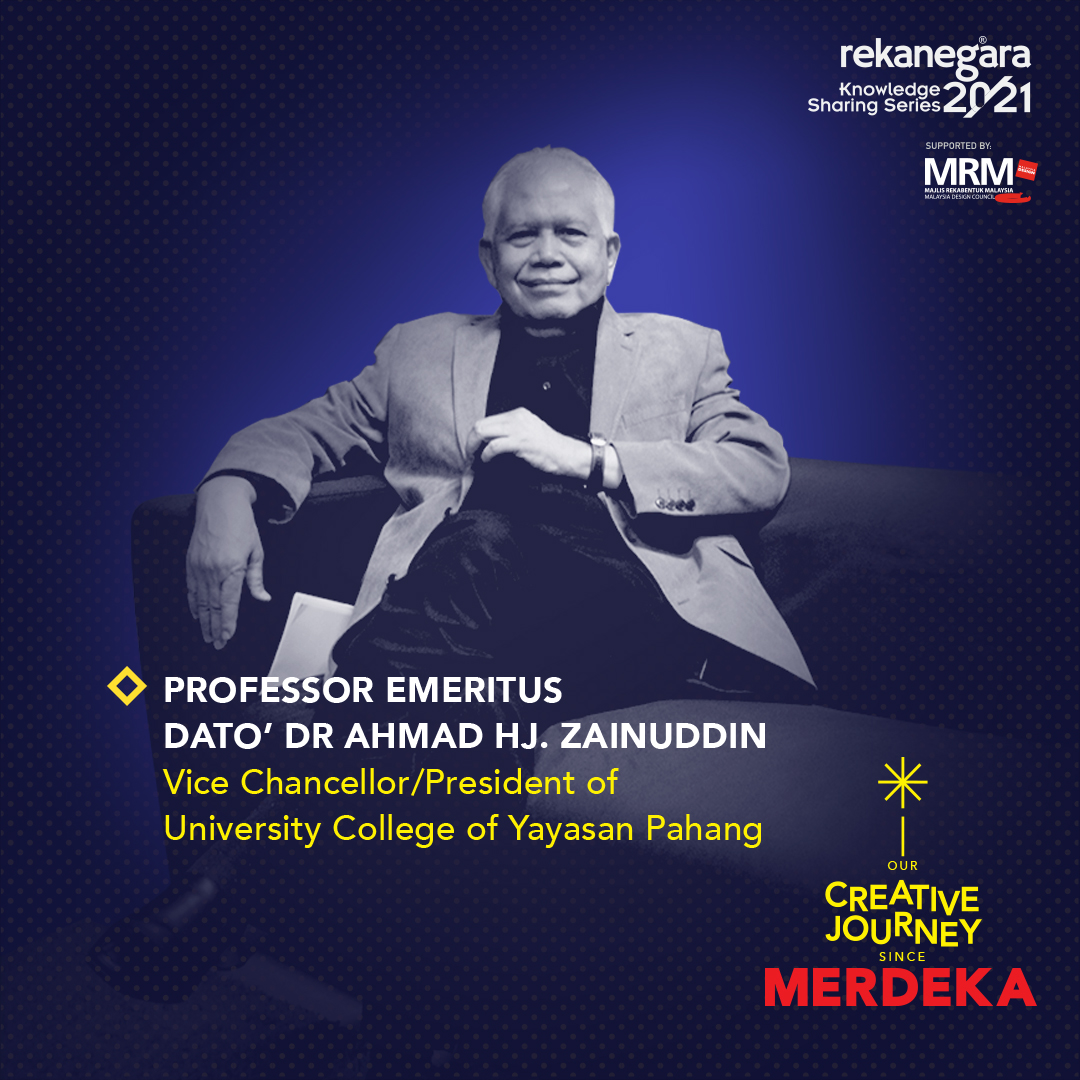
PROFESSOR EMERITUS DATO’ DR AHMAD HJ. ZAINUDDIN
Dato’ Ahmad is currently the Vice Chancellor and President of University College of Yayasan Pahang.
He has served as senior management of various universities and institutions, namely: AKEPT, UiTM, UPSI, UCSI, and SUNWAY. He was also the former Chairman of Majlis Rekabentuk Malaysia and member of the National Innovation Council appointed by the Prime Minister of Malaysia. A recipient of the Global Academic Leadership Award 2016 (Mumbai, India), he started his working career as an Art Director with PTM COMMUNICATION, Dalara Advertising, and Argus Advertising (Malaysia/Singapore) back in the 70s and early 80s.
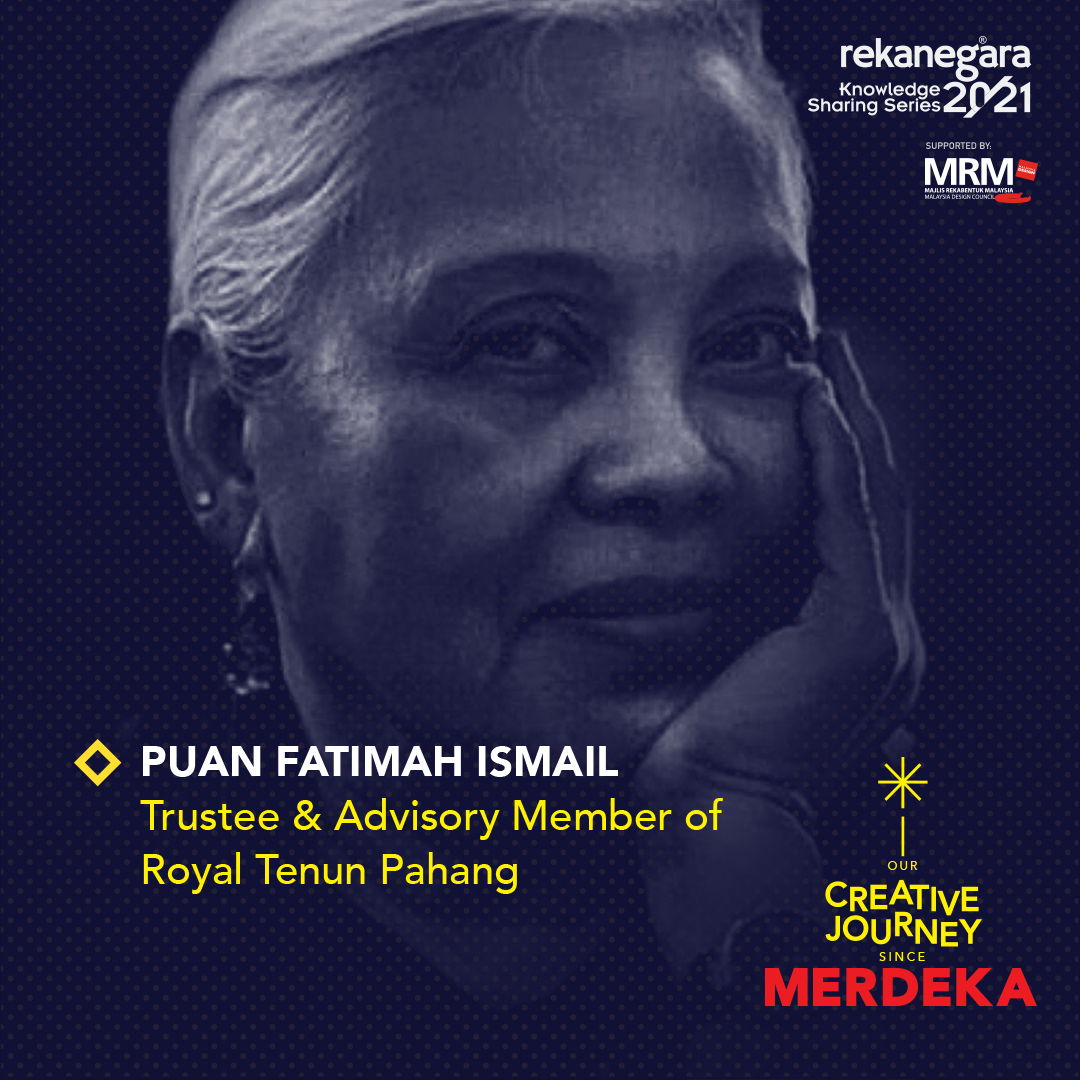
PUAN FATIMAH ISMAIL
Puan Fatimah is currently a Trustee and Advisory Member of Tenun Pahang DiRaja, Pahang, Advisory Board Member of Perbadanan Kemajuan Negeri Pahang (PKNP), and
a Design and Technical Consultant in Craft Textiles to Jabatan Penjara Malaysia. She was a former member of the Board of Directors of Terengganu Institute of Design Excellence (TIDE) and Malaysian Handicraft Board (Education). As an ordinary member of the World Craft Council, she has been a die-hard fan of Manchester United since 1966.
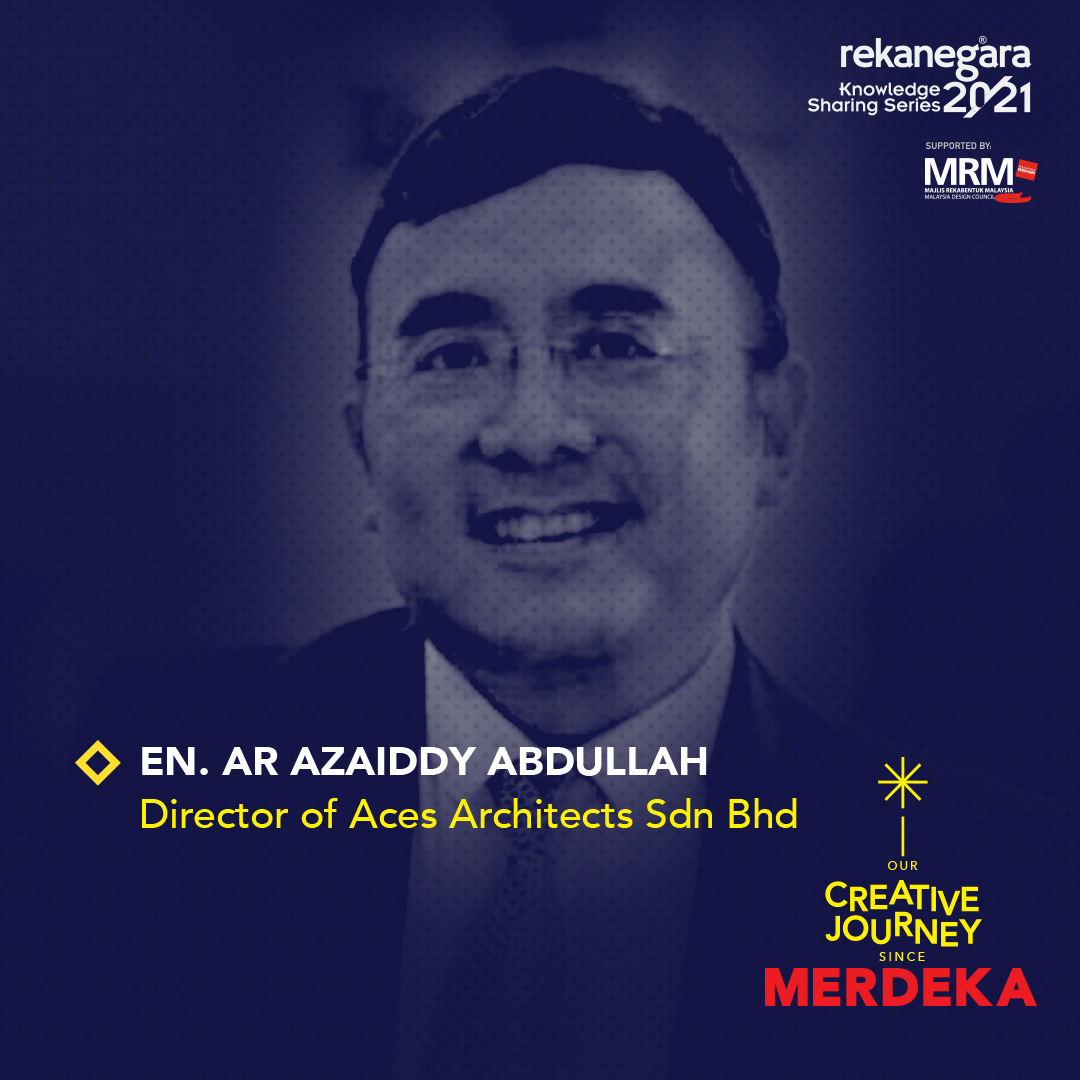
EN. AR AZAIDDY ABDULLAH
Ar Azaiddy is currently a Director of Aces Architects Sdn Bhd. He has amassed 23 years of professional experiences as an architect, with works ranging from a small interior fit-out to a complex cosmopolitan city. He has also worked with some of the prominent architects in the country such as the late Dato’ Ar. Ikmal Hisham Albakri; Kumpulan Akitek Sdn Bhd, Ar. (Dr.) Hijjas Kasturi; Hijjas Kasturi Associates Sdn and Ar. Dr. Ken Yeang ; TR Hamzah and Yeang Sdn Bhd. An avid conservationist and writer, he has co-authored ‘Thoughts on the Theory and Language of Architecture’, ‘The Living Machines: Malaysia’s Modern Architectural Heritage’, and currently working on ‘Being Vernacular’.
__
A Short Pause Before Moving Forward Please
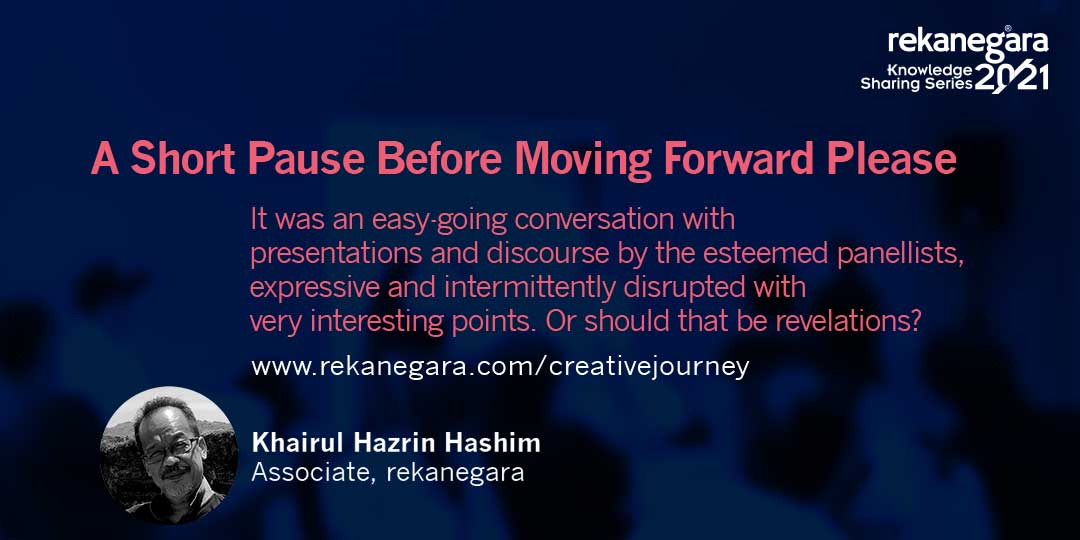
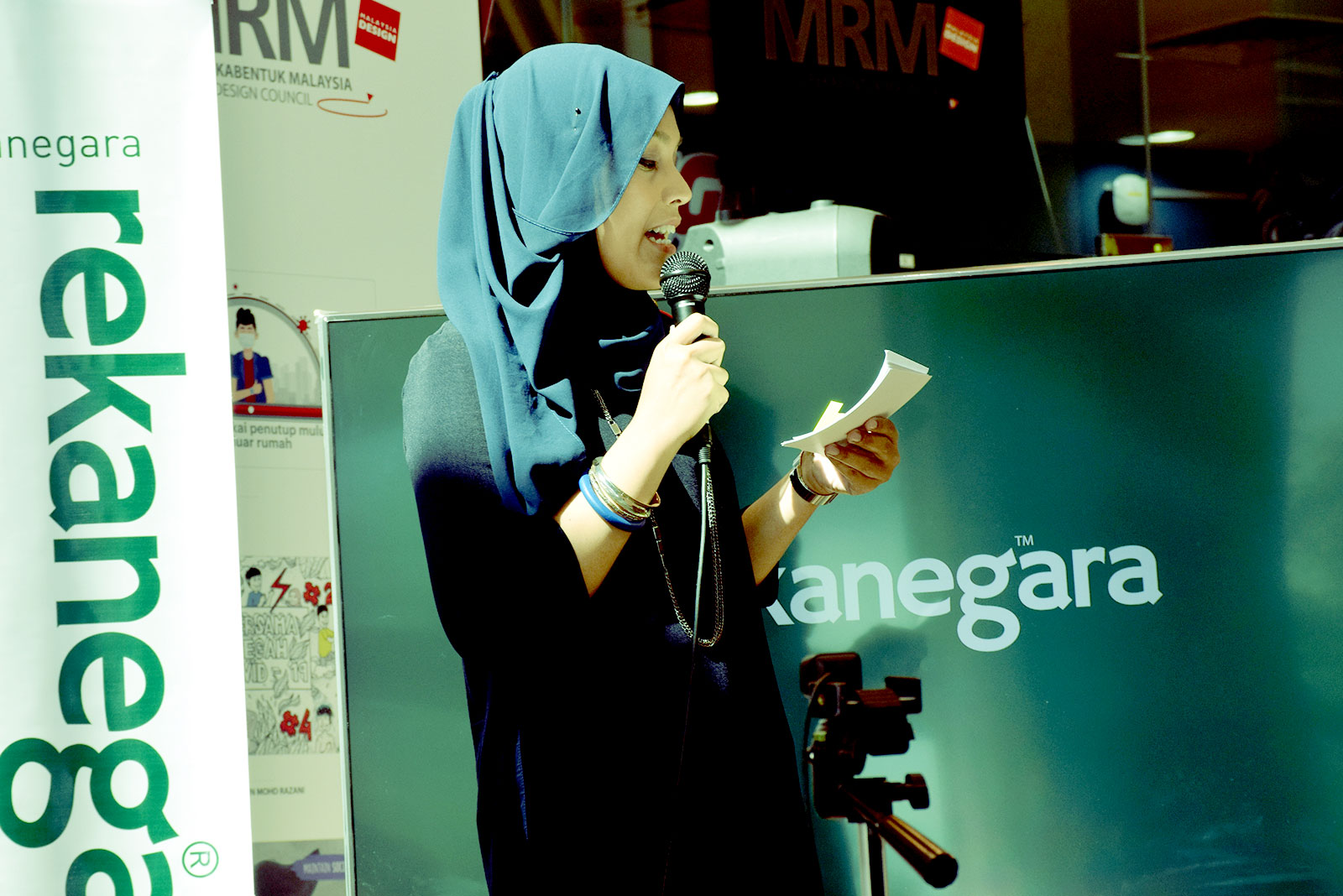
It was an easy-going conversation with presentations and discourse by the esteemed panellists, expressive and intermittently disrupted with very interesting points. Or should that be revelations? Staying as coherent as possible to the theme and content of the title, it started out with looking back to where it all started, when the British left. As Dato’ Dr Ahmad clearly stated, most of the nation’s infrastructure and public institutions were already established for us back then.
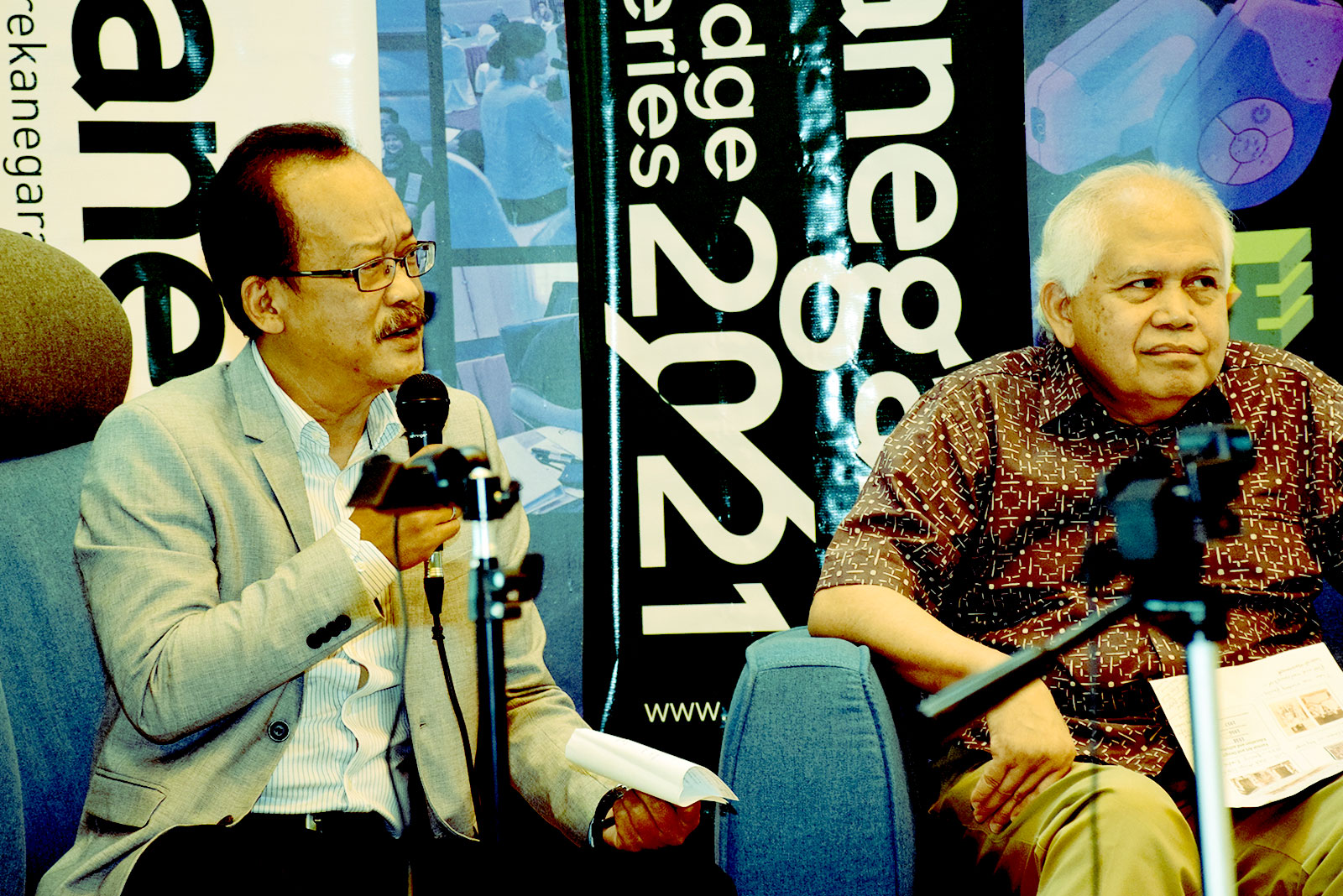
At that point in time, a blend or rather a delicate balance between the British and Malay elements and values in communications, advertising, and architectural design were acceptable to that generation. A public road arch placard in Jawi that says ‘Allah Selamatkan Baginda King’ and a Church-like Kaabah-facing hall built in 1922 in Sultan Idris Training Centre (UPSI at present) were some examples presented.
As the years and nation progressed over a decade or so, artists, designers, and architects started to question and pioneered local and indigenous ideas into their work; in the noble cause of creating our own designs and shrugging off as much colonialism as possible. Dato’ Dr Ahmad cited the architecture of Masjid Negara and Cheong Lai Tong’s National Museum mural as being the torchbearers of Malaysian Design. Ar Azzaidy pointed out that Brutalism and Modernism were the flavours of the day, with local British and Australian trained architects responsible for the many Government buildings that still stand today; Bank Negara and Federal Building are two of them.
Among the prominent architects that championed the styles that we see today are the late Datuk Dr Hisham Albakri and Hijjas Kasturi. One remarkable point mentioned, termed as ‘Transvestite Architecture’, caused a big joke in the architectural industry when the Malay Roof element was first transposed onto a Modernist style building; in the case of the PWTC by Albakri. It later became a precedent and in retrospect, regarded as an innovative and a sensible pioneering idea. In more or less the same notion, textile elements such as songket motifs started finding their way into architecture.
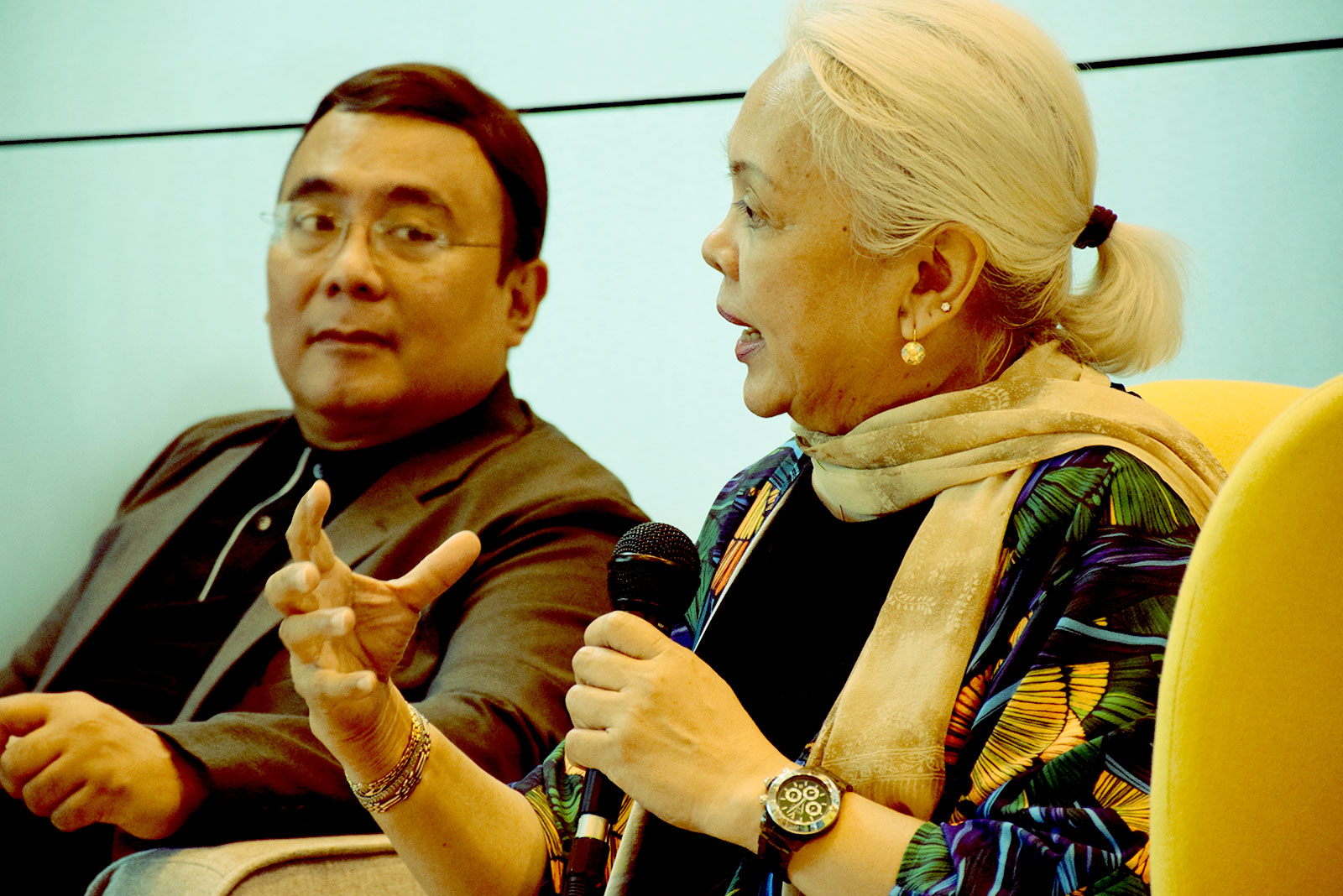
In the domains of the textile industry, namely Tenun and Batik, much has progressed in terms of design and manufacturing of the two. Puan Fatimah puts across the challenges and opportunities of Batik especially, where we are still behind Indonesia in terms of productivity and commerce, with the need to strive in creating and building our identity for future success. We have, under the patronage and support of the Permaisuri Agung, created good poise and resolve in the Tenun textile sector at present.
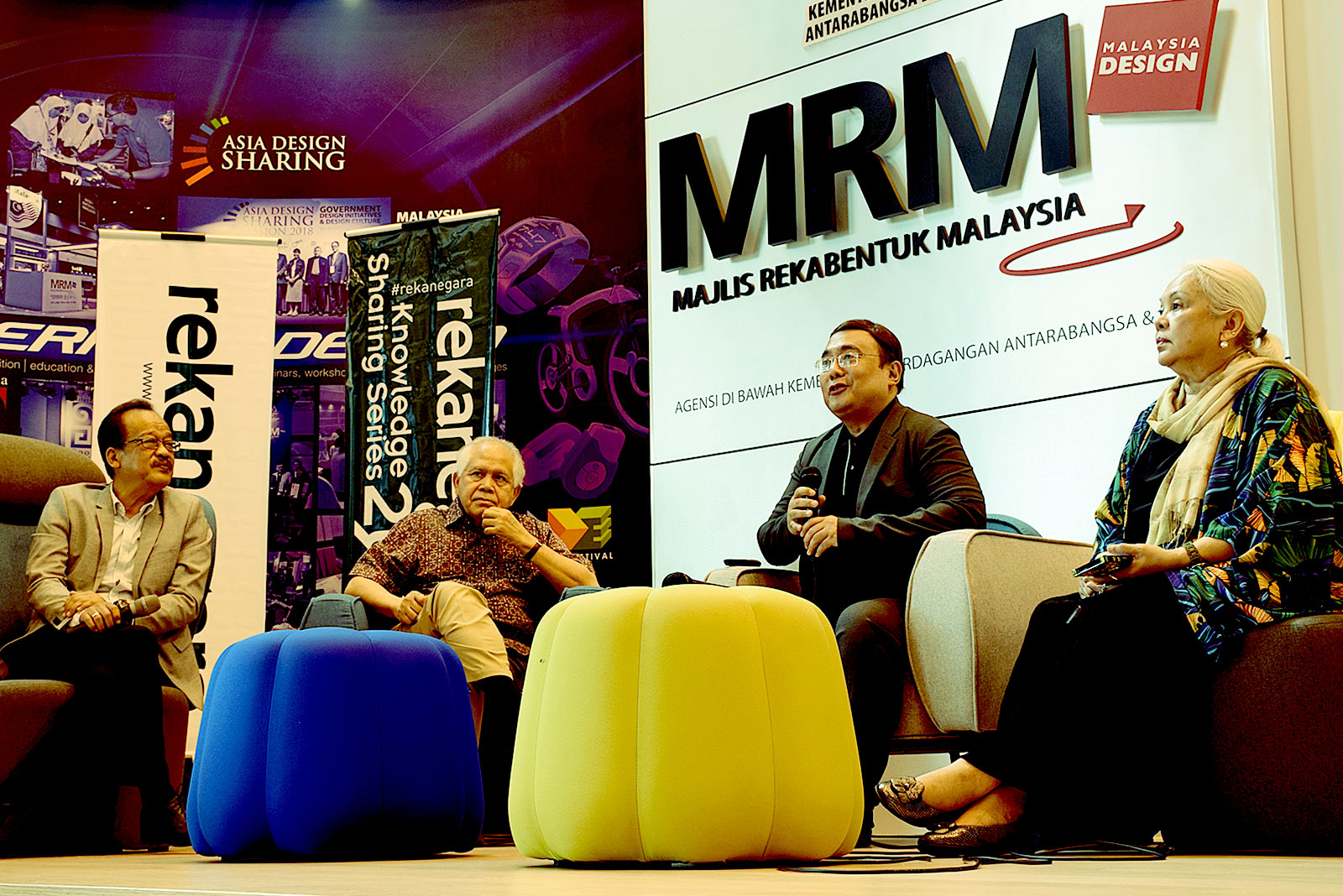
From the three panellists there is an agreed call to generate and publish more books and literature on Malaysian design. Not only for the use of current practitioners but more importantly, the basics for the younger generation in schools. This is for all of us to understand the thoughts and thinking behind trends, styles, and concepts that transpired throughout our history. In conclusion, they also suggested having more dialogues of this type, in the quest to maintain and preserve our nation’s ‘soul’ and ‘identity’ in art, design, and creativity as we evolve.
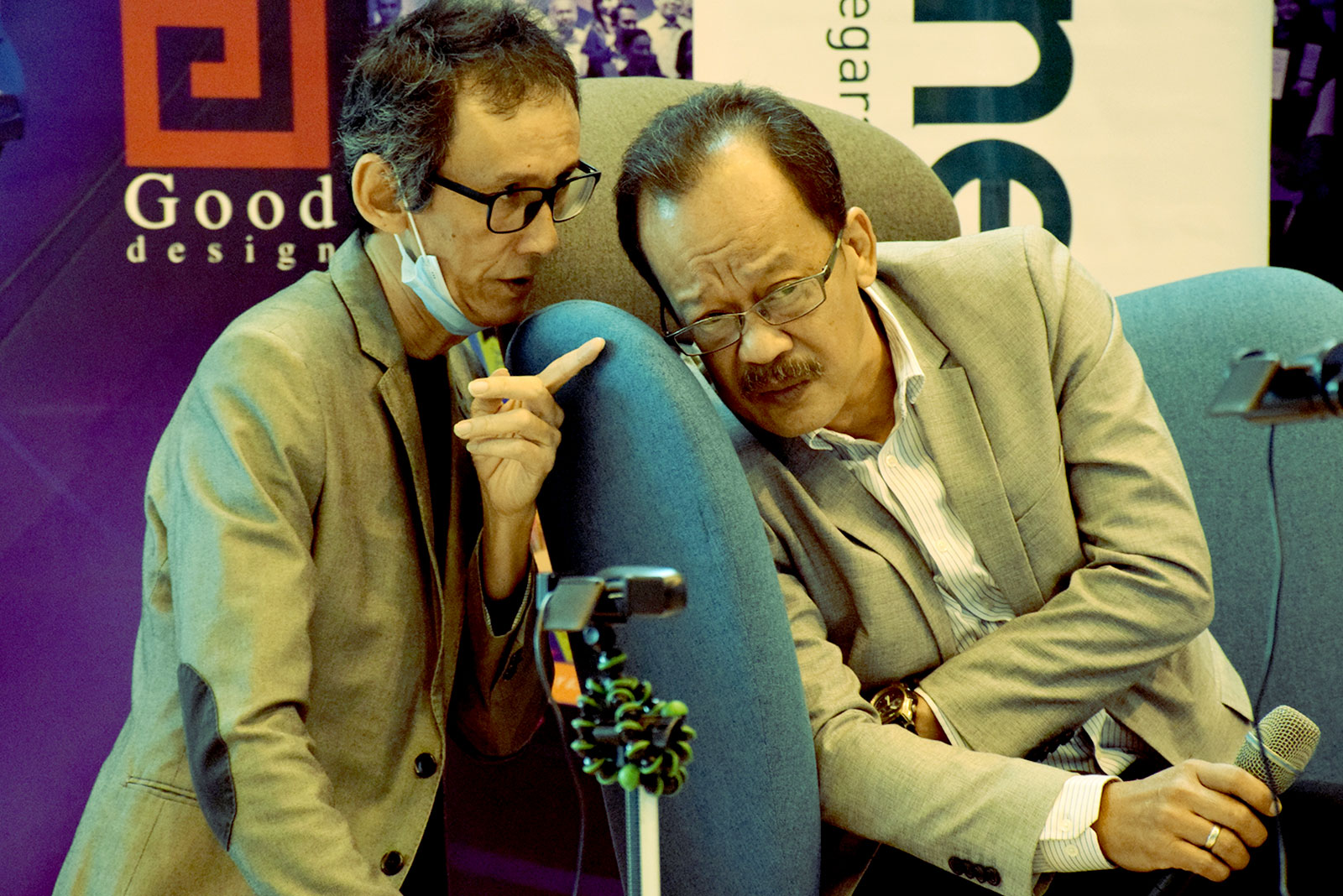
Let’s know where we’re heading, from where we were from!
Khairul Hazrin Hashim
Associate, rekanegara
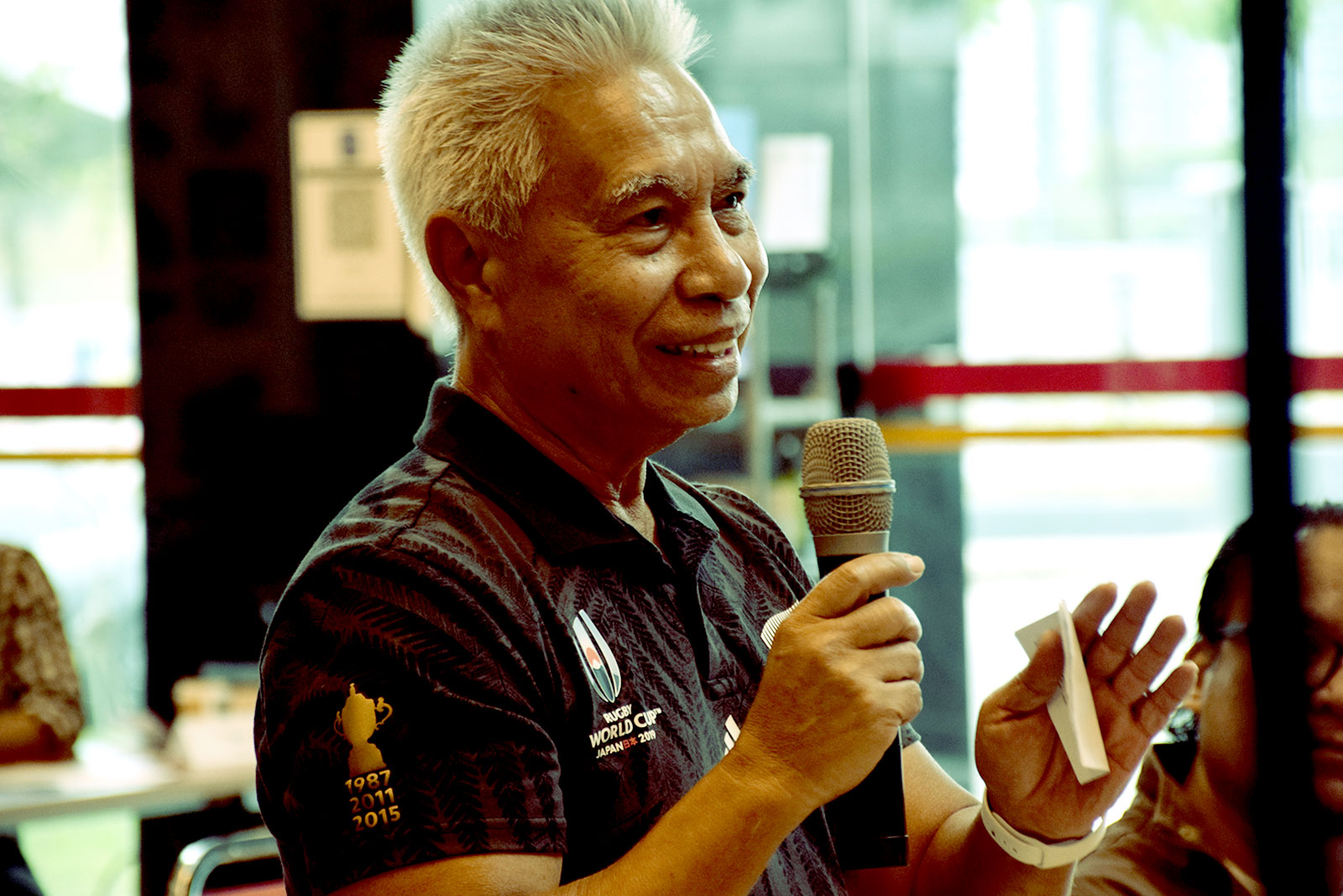
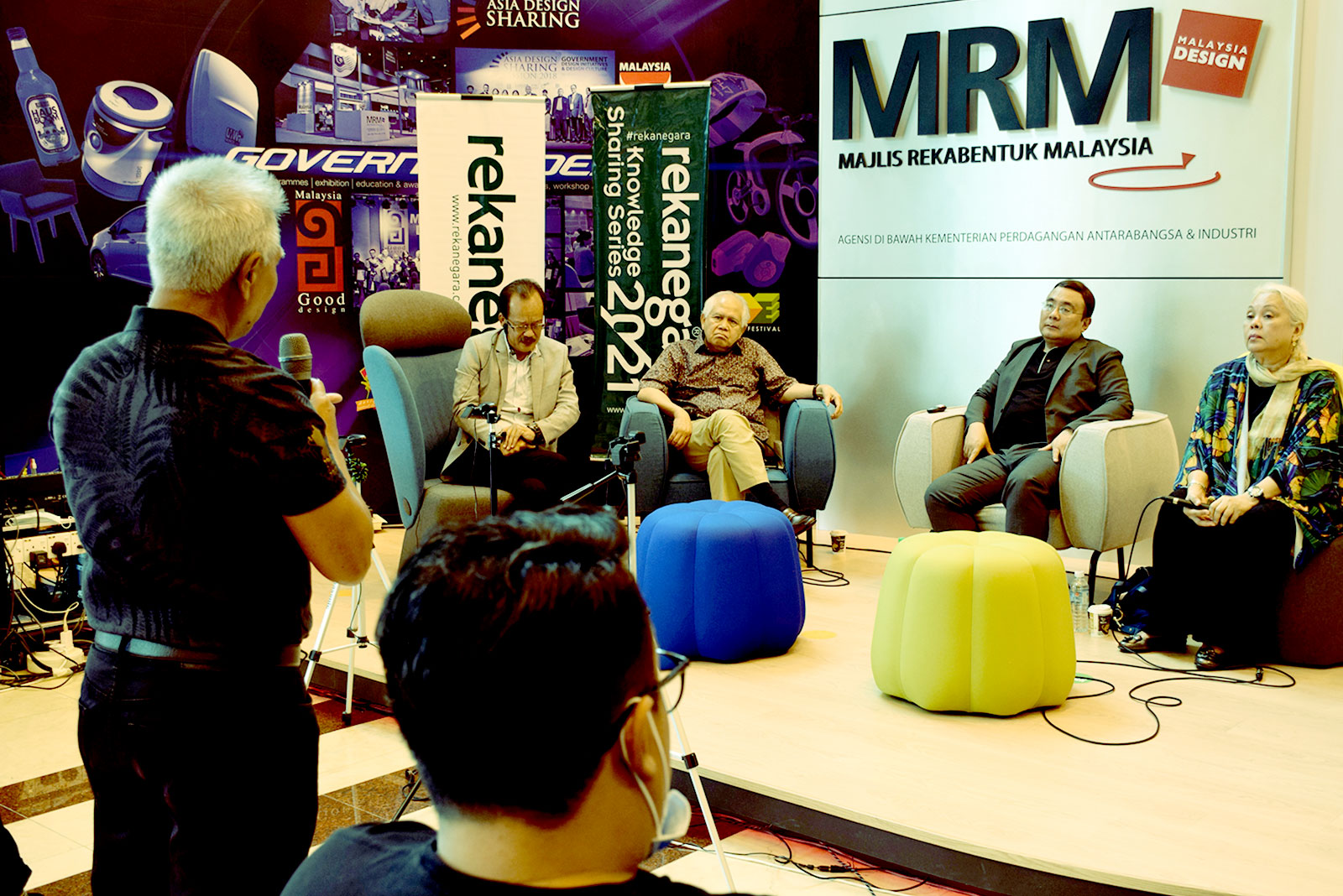
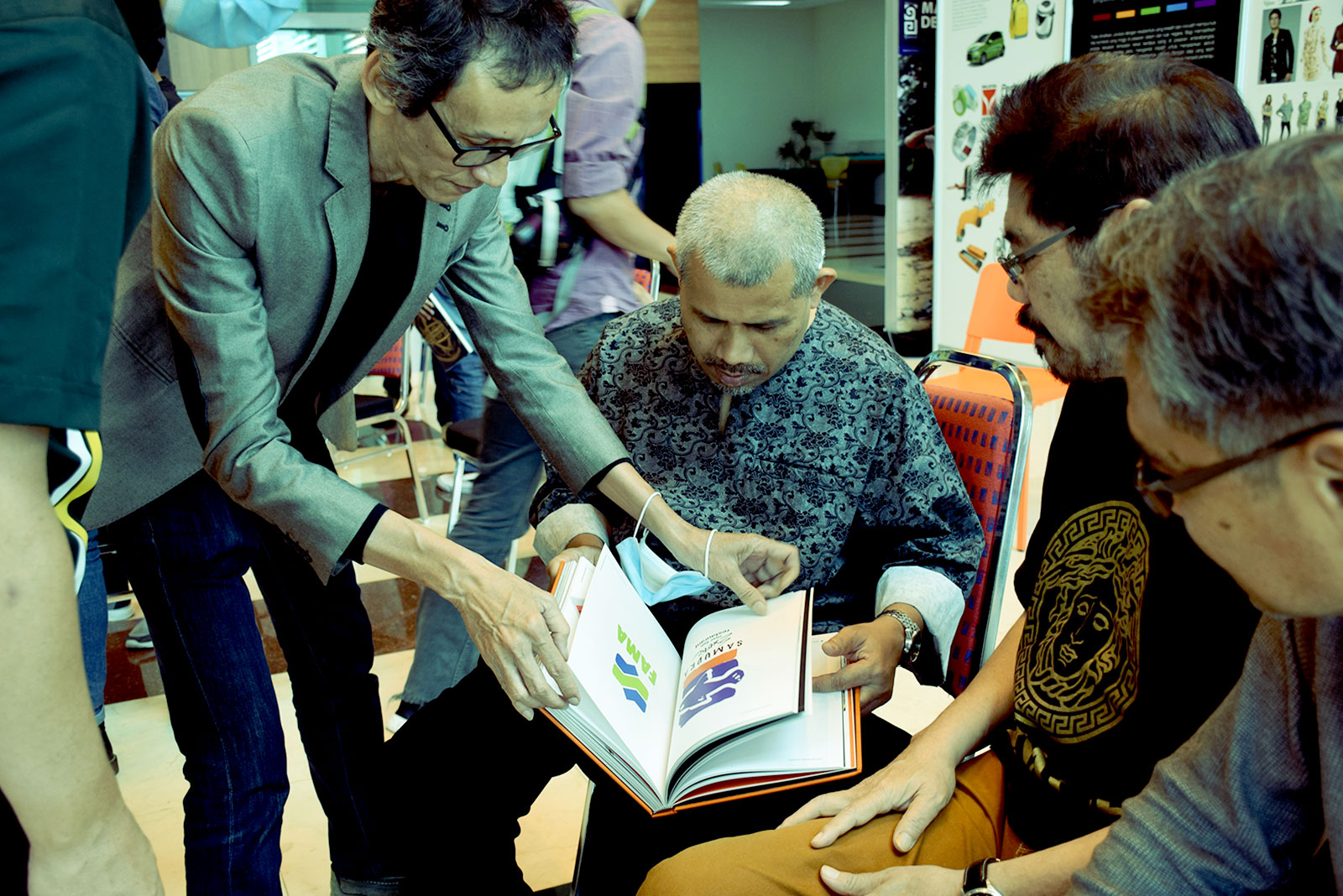
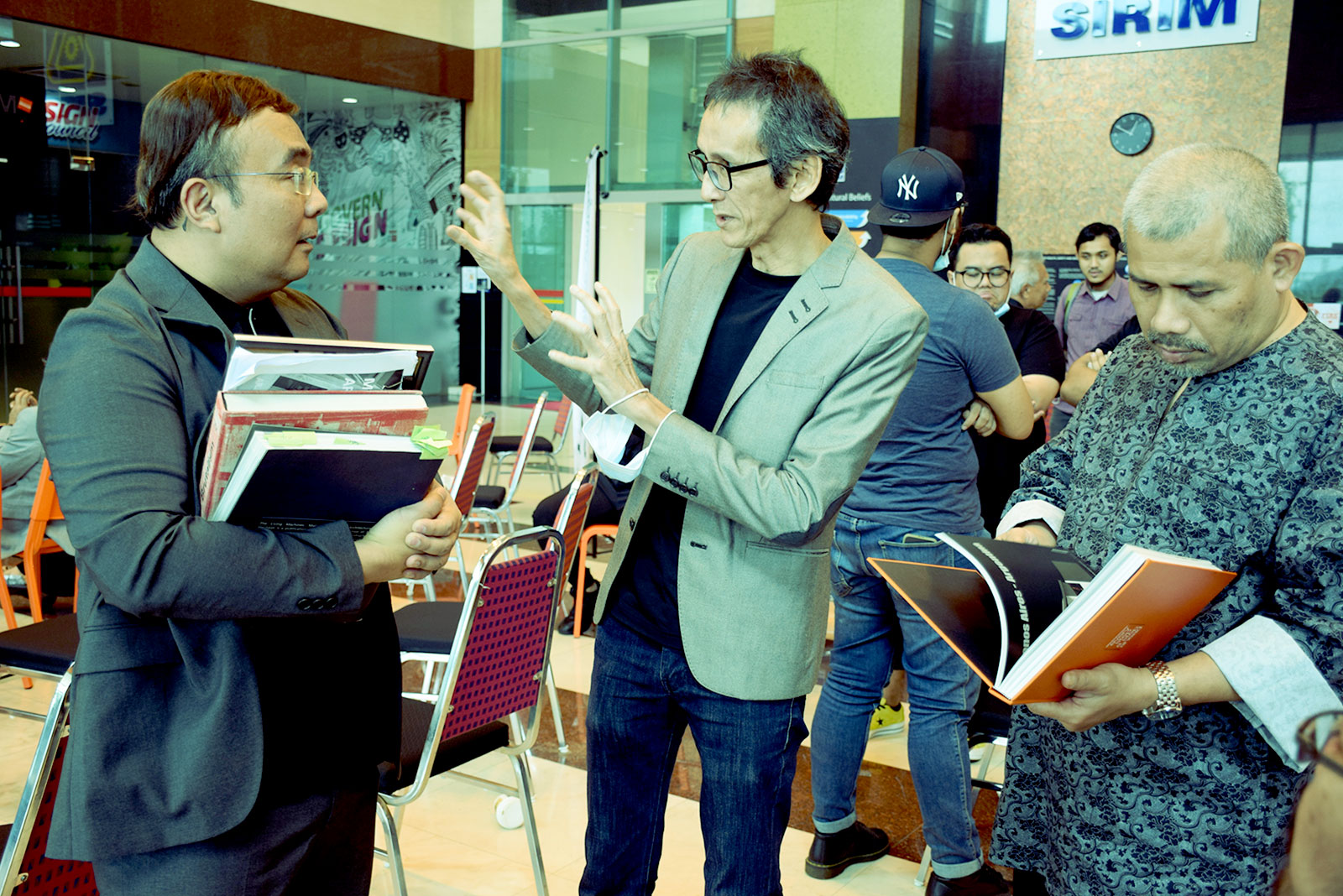
__
Word of Wisdom (WoW)
__
Rekanegara Series #13:
Our Creative Journey since Merdeka.
The merdeka logo, the muzium negara mural, the built environment, the social comm messages lead to shaping society
#rekanegara
__
Rekanegara Series #13:
Our Creative Journey since Merdeka.
‘We must seriously look into having a Malay identity now in our textile, batik especially. A design which gives a statement, a Malay design, acceptable to all, to be successful’
#rekanegara
__
Rekanegara Series #13:
Our Creative Journey since Merdeka.
‘Malaysia’s Modern Architectural Heritage’ refers to the tangible heritage of the man-made or built-environment kind, that spans roughly four decades from post-World War 2 (1940s), through the Merdeka period (late 1950s) and entering the 1980s when the Modernist style reached the zenith.
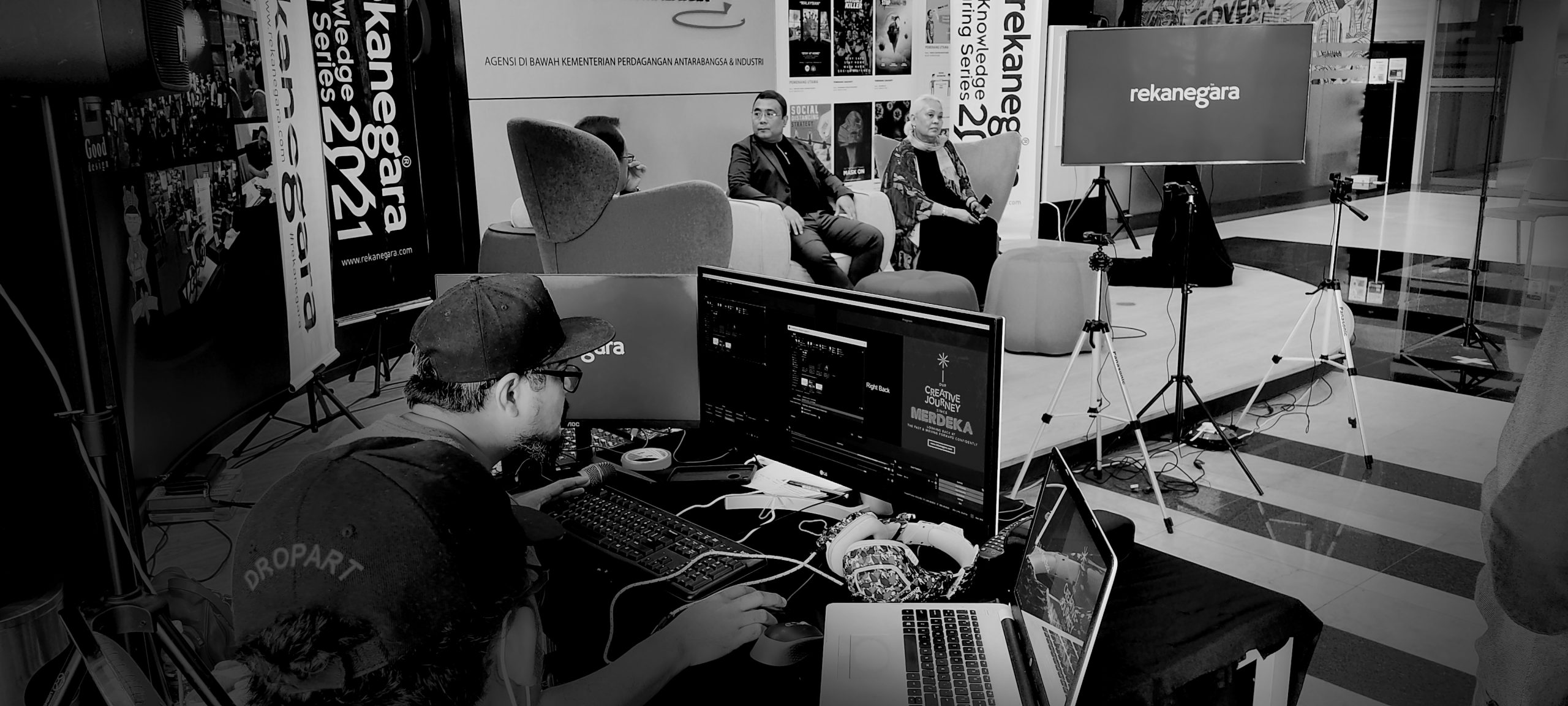
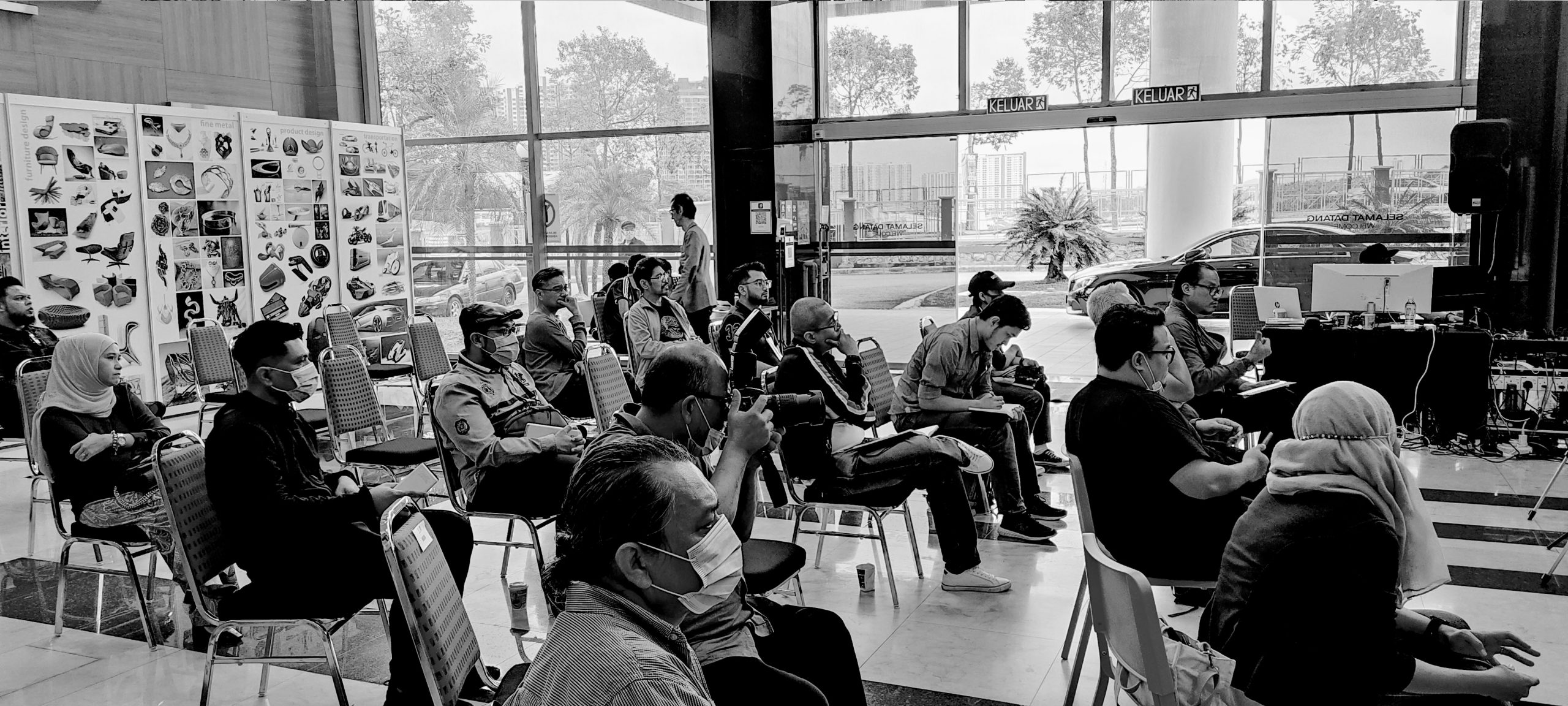
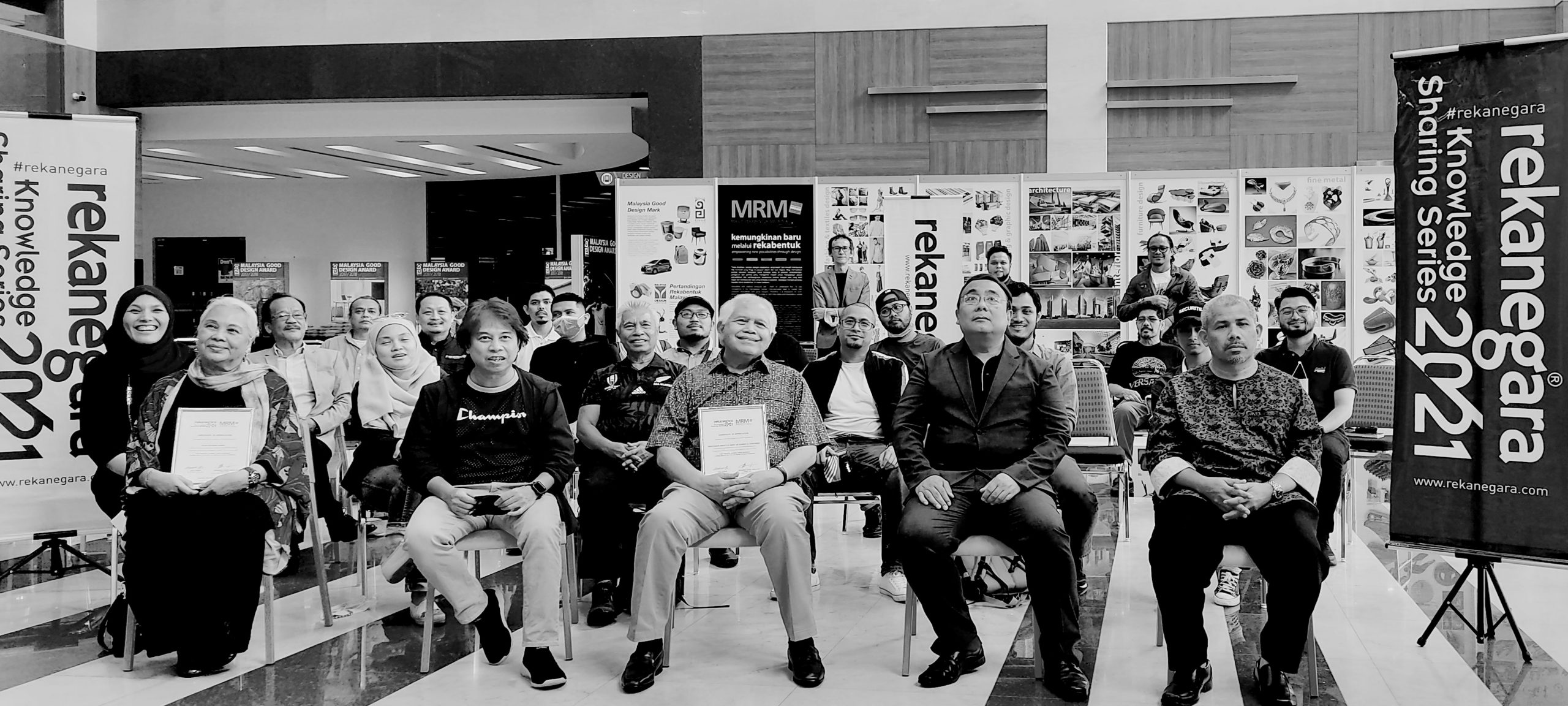
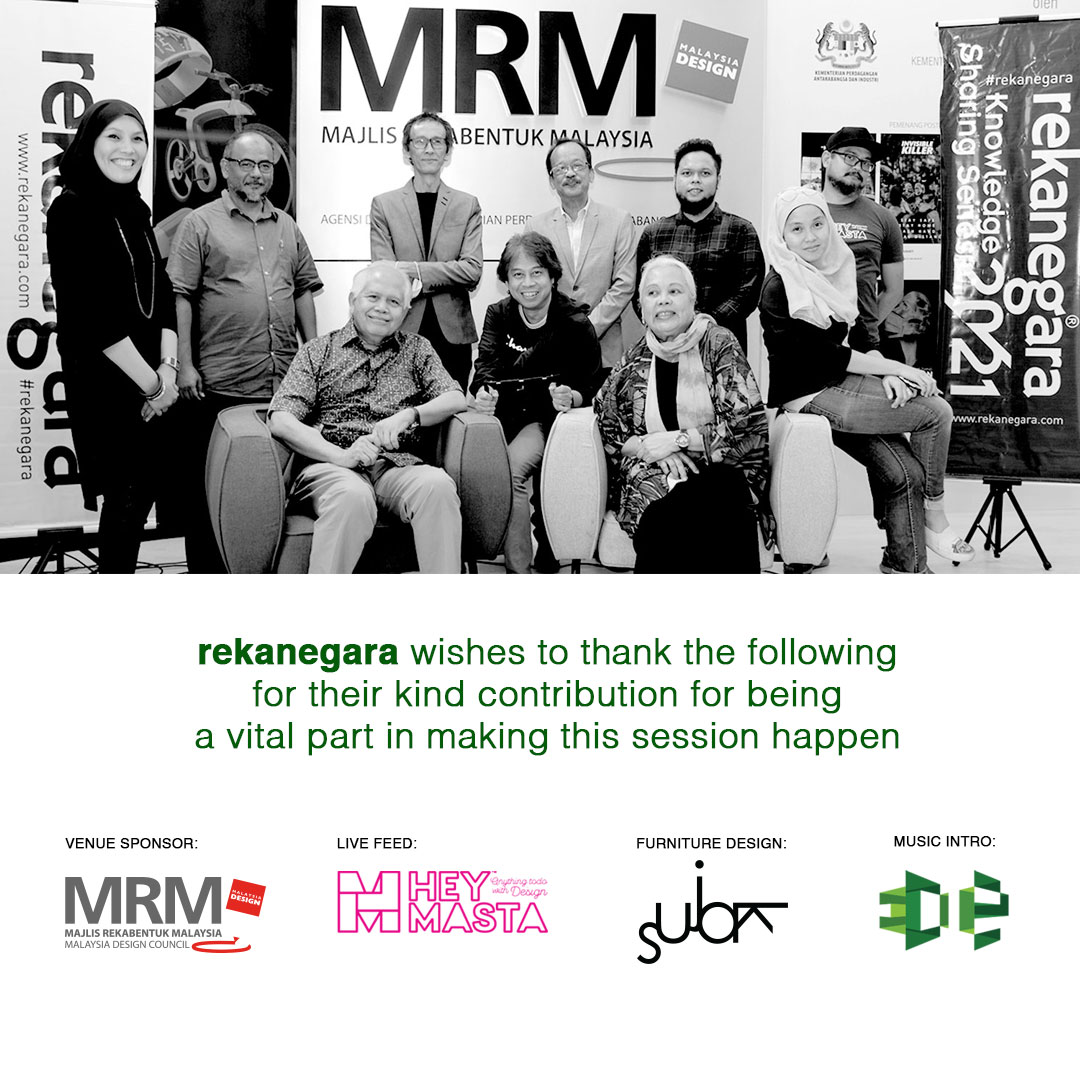
Acknowledgement
rekanegara’s knowledge sharing series #13 ‘Our Creative Journey Since Merdeka’ would not have been possible without the effort and work of the individuals below;
Producer:
Asri Ahmad
Concept & Design Direction:
Fauzi Yusoff
Host & Contributing Writer:
Khairul Hazrin Hashim
Emcee & Contributing Writer:
Azielahaneem Idris
Audiovisual Live Streaming:
Ismail Abd Malek
Photographer/ Videographer:
Fauzan Hj Mustaffa
Ruslan Abd Rahim
Q&A Coordinator & Contributing Writer:
Ida Mandarin
Supporting Associates:
Shahfida Abd Manap
Tunku Nafisah
Stage Coordinator:
Nur Akmal Malrun of DropArt
Venue Coordinator:
Kuzailan Kuyusoff of MRM
Sound System Coordinator/ Doa Reciter:
Mohd Muhajir Bin Mohd Jiwahir of MRM
And everyone that has contributed in making this momentous event possible.
__
Point of view:
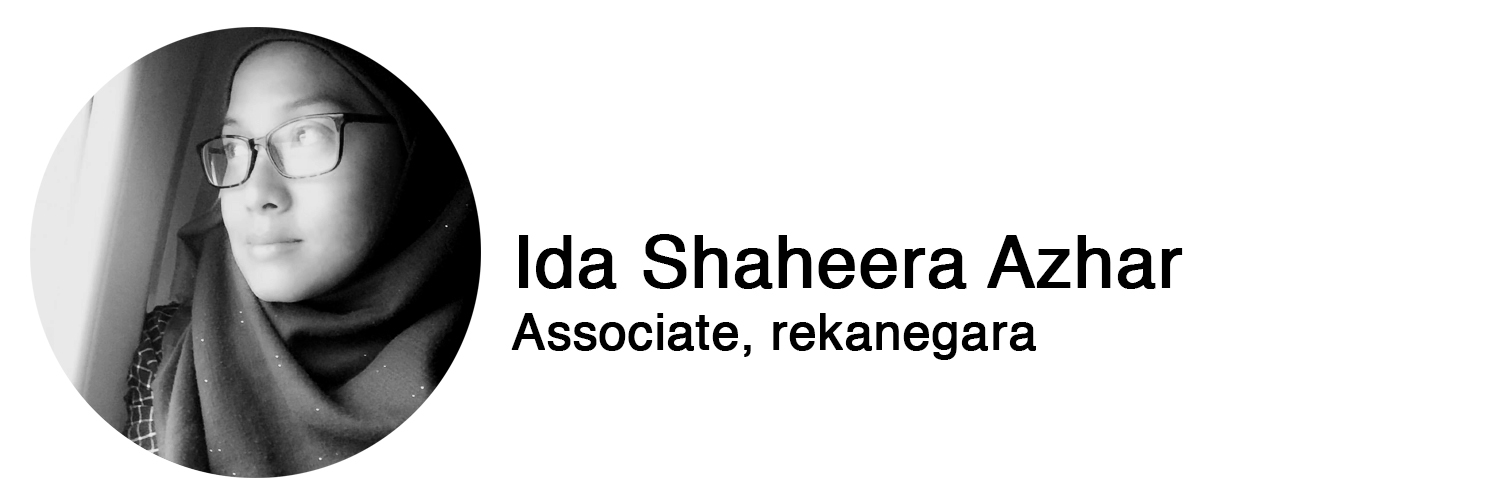
Pemahaman Semiotik dan Semantik Mengikut Usia
Semiotik secara mudahnya ialah komunikasi tanpa kata manakala semantik pula ialah ilmu erti kata atau maksud sesuatu.
Poster yang menimbulkan kontroversi di media sosial mutakhir ini.
Dalam slaid yang dibentangkan oleh Tok Mat, terdapat satu poster klasik yang berjaya menarik perhatian para hadirin. Visual dan copywriting yang digunakan dalam poster ini telah menjadi perbualan hangat kerana mesej yang disampaikan sangat menarik.
(Sebelum kita membedah poster ini, suka untuk saya letakkan disclaimer. Untuk pengetahuan anda, poster ini bukanlah direka pada zaman sebelum merdeka atau satu ketika dahulu. Ianya merupakan rekaan sebuah syarikat penerbit buku Cukong Press, dan mengikut research di ruang maya, poster ini dihasilkan pada tahun 2017/2018. Saya harap pembaca akan lebih terbuka untuk kita bincangkan mengenai semiotik dan semantik di sebalik poster ini.)
Ketika poster ini muncul, semua hadirin ketawa. Dari segi design hierarchy, sudah tentu mata kita akan tertancap pada illustrasi wanita bersama anak lelakinya. Kemudian, fokus jatuh pula ke amaran dan dengan menggunakan font serif bersaiz besar memberitahu JANGAN MEROGOL, Hormatilah wanita, lihatlah mereka seperti ibu kita. Wah, sungguh bold dan tidak berlapik langsung nasihat ini nampaknya. Tulisan jawi yang tertera di atas bertulis, Awasi Anak Lelaki Anda dan di kapsyen akhir sekali, pesan wanita itu pada anaknya “Nak, keluar nanti baik-baik, JANGAN ROGOL anak orang. Sungguh terang lagi bersuluh bukan?
Secara peribadi, saya merasakan poster ini sedikit disturbing. Jauh dalam benak, setahu saya Melayu itu penuh dengan metafora dan cakapnya berlapik. Mustahil poster ini dihasilkan sebelum merdeka. Pada siapa yang pernah membaca cara penulisan Melayu lama, pasti mengenalpasti cara ejaan lama seperti hormati-lah, be-cha, chinta dan sebagainya. Lagipun font yang digunakan agak moden, boleh lihat dengan mata kasar. Canggih sungguh zaman itu dah ada font yang sebegitu fancy.
Walaupun saya tahu poster ini bukan direka pada zaman sebelum merdeka, saya diamkan sahaja. Kerana saya ingin lihat juga reaksi, penerimaan dan pemahaman hadirin. Saya yakin bukan saya seorang sahaja merasakan demikian. Lalu Mr. K selaku moderator bertanya kepada Tok Mat.
“Datuk, zaman tu merogol ni meluas ke?” Sungguh naif dan kelakar pertanyaan ini. Tapi saya juga ingin tahu.
“Not really,.. Em… Maybe…”
Seluruh dewan berdekah, dan sehinggalah sesi perbincangan tiba di penghujung waktu. Prof. Azali bangun dan ingin berkongsi, nasihat yang disampaikan itu sebenarnya bukanlah untuk anak itu, sebetulnya untuk suami. Hendak ajar suami nasihatkan anak, orang Melayu ni sindirkan suami bebel ke anak kerana tidak wajar untuk seorang isteri itu berkurang ajar. Pesankan kepada anak dengan mesej seberat itu entahkan faham entah tidak. Begitulah ujarnya.
Semua pun “Oh…” tanda faham.
Semua terpegun dengan penerangan beliau. Begitulah mata designer sebenar, mampu memahami semiotik dan semantik dengan begitu tajam. Mungkin saya juga perlu banyak makan garam untuk sampai tahap itu. Jadi apa yang anda lihat dan baca tidak semestinya berjaya diterjemahkan oleh semua.
Syabas buat pereka yang menghasilkan poster ini kerana berjaya mengusik dan memperdayakan kita semua. Untuk mendengar keseluruhan perbincangan, sila ke laman Facebook Rekanegara dan sila LIKE dan SHARE supaya ilmu ini boleh dimanfaatkan buat semua.
by Ida Shaheera Azhar, Ahli Bersekutu, rekanegara
__
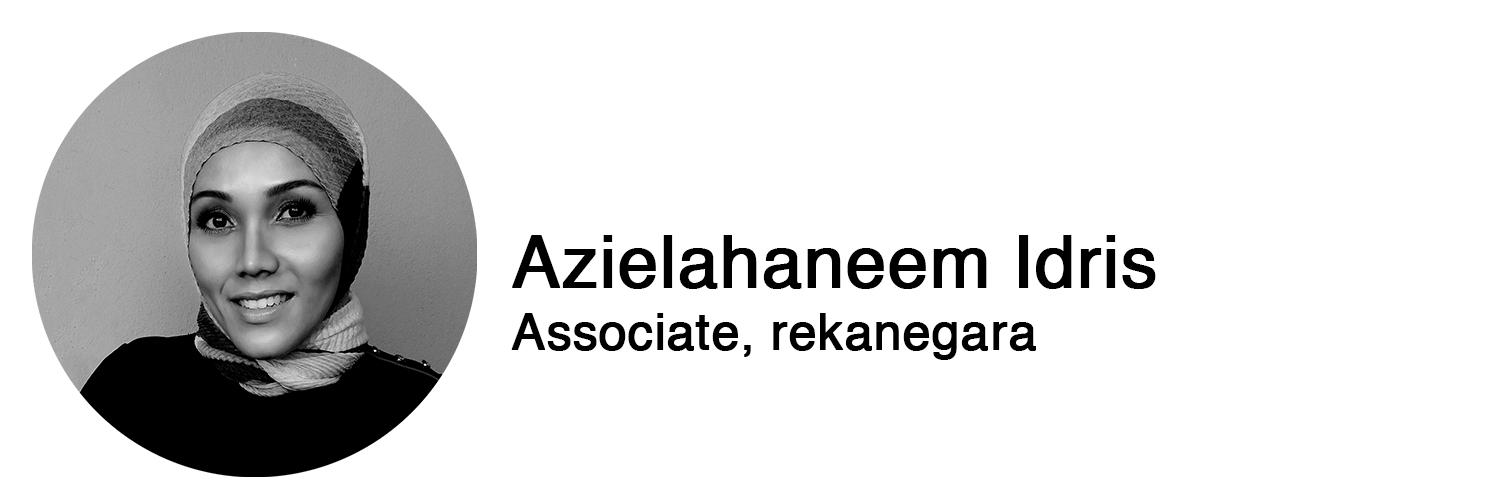
Roh Seni dan Budaya
Sesi perkongsian ilmu rekanegara siri ke ke-13 membawa kita mengimbau kembali sejarah seni dan budaya masyarakat Malaysia pra dan pasca kemerdekaan. Banyak bukti-bukti sejarah yang menunjukkan bahawa generasi terdahulu bersedia menerima perubahan dan bertoleransi.
Mereka mengangkat peranan yang dimainkan oleh seni reka sebagai salah satu sarana utama dalam merekod dan mendokumentasikan peristiwa sejarah serta budaya masyarakat supaya dapat dijadikan rujukan bagi generasi akan datang. Ini menunjukkan betapa instrumentalnya seni reka sebagai medium penyampaian maklumat yang sedia ada ketika itu.
Meskipun berada dalam keadaan yang mendesak, generasi terdahulu masih mampu menyuntik semangat dan identiti budaya dalam segala bentuk termasuklah seni bina dan tekstil kerana mereka sedar betapa esensialnya identiti dalam pembentukan dan pewarisan jati diri yang utuh, umpama roh dalam jasad; tanpanya segala-galanya hilang makna dan dengannya kita menikmati erti kehidupan.
Mungkin kita dapat rumuskan daripada sesi kali ini bahawa sepantas mana kita memacu ke hadapan, ada masanya kita perlu menoleh ke belakang supaya tidak lupa di mana tempat kita bermula. Ia seharusnya dijadikan sebagai motivasi kepada improvisasi diri kerana kebebasan itu tidak lain adalah suatu perubahan ke arah yang lebih baik.
Seperti kata Sasterawan Negara, Usman Awang, “Maruah suatu bangsa adalah kemerdekaannya, kekuatan suatu bangsa adalah rakyatnya, suara-bicara suatu bangsa adalah pemimpinnya, keperibadian suatu bangsa adalah kebudayaannya.”
by Azielahaneem Idris Ahli Bersekutu, rekanegara
__
rekanegara
To empower the creative community with proper industry knowledge, support & guidance to help spur our creative economy.
Copyright © 2020 #rekanegara . All rights reserved.

